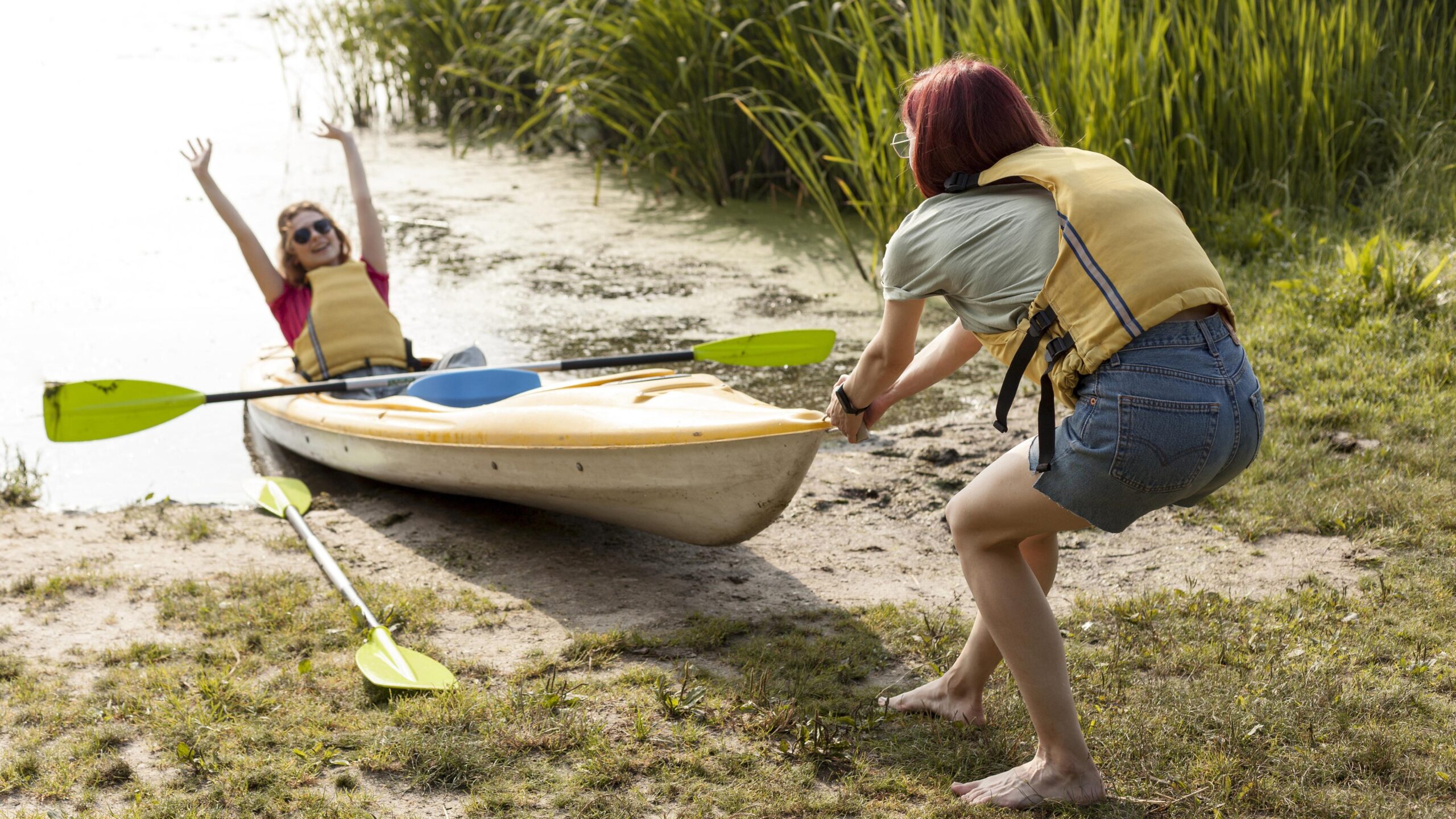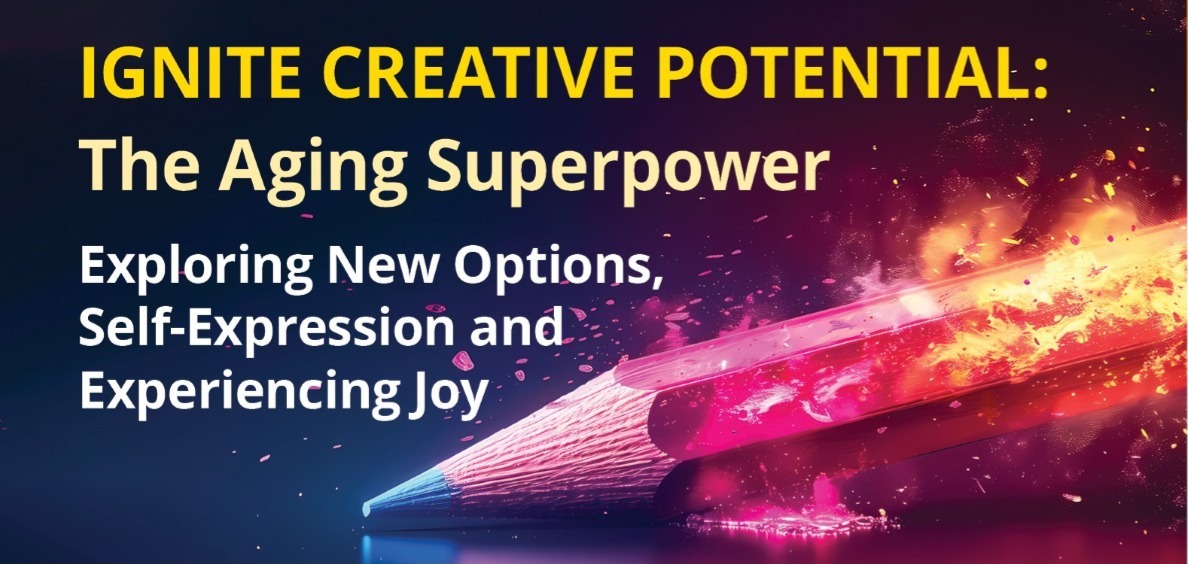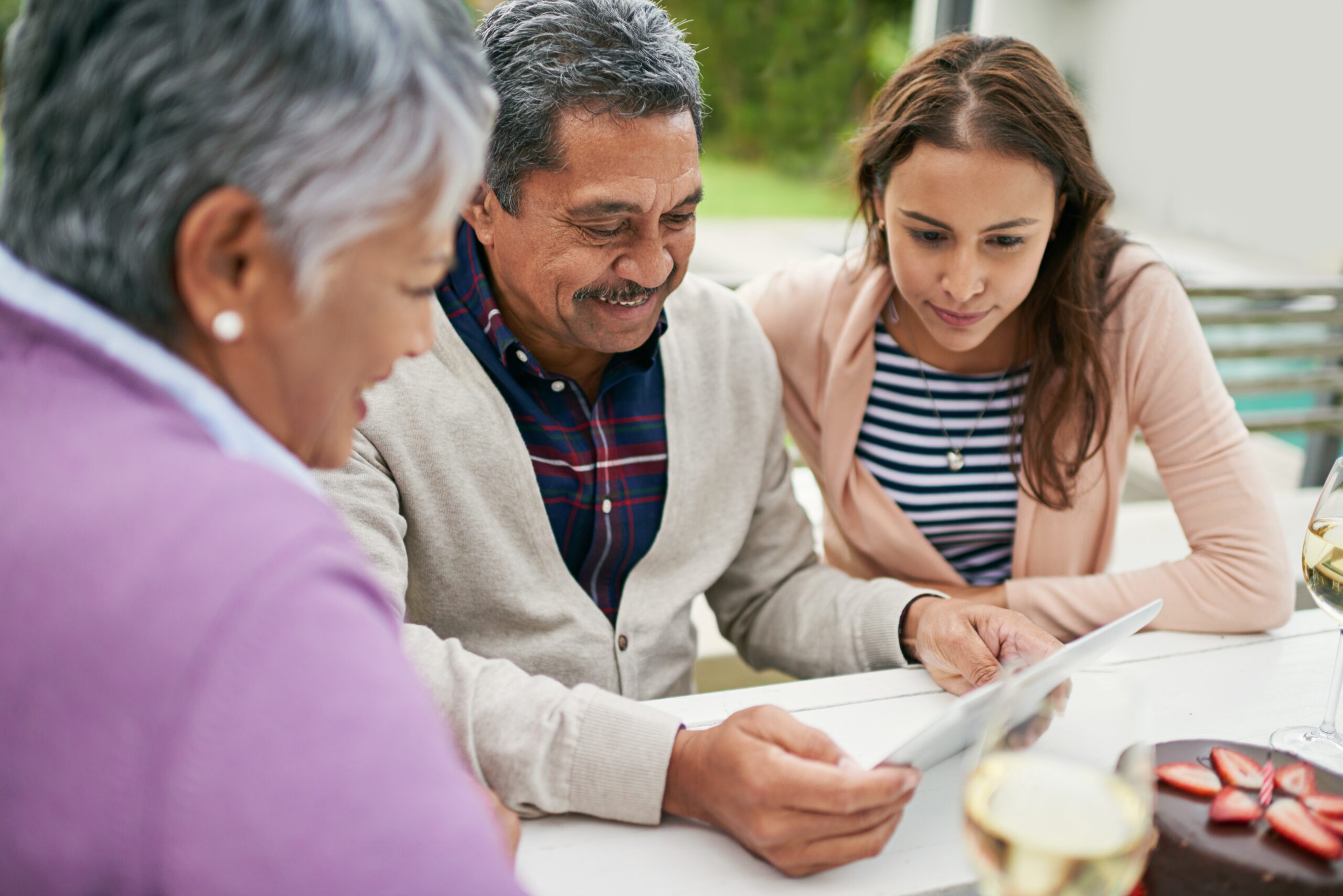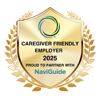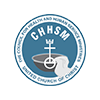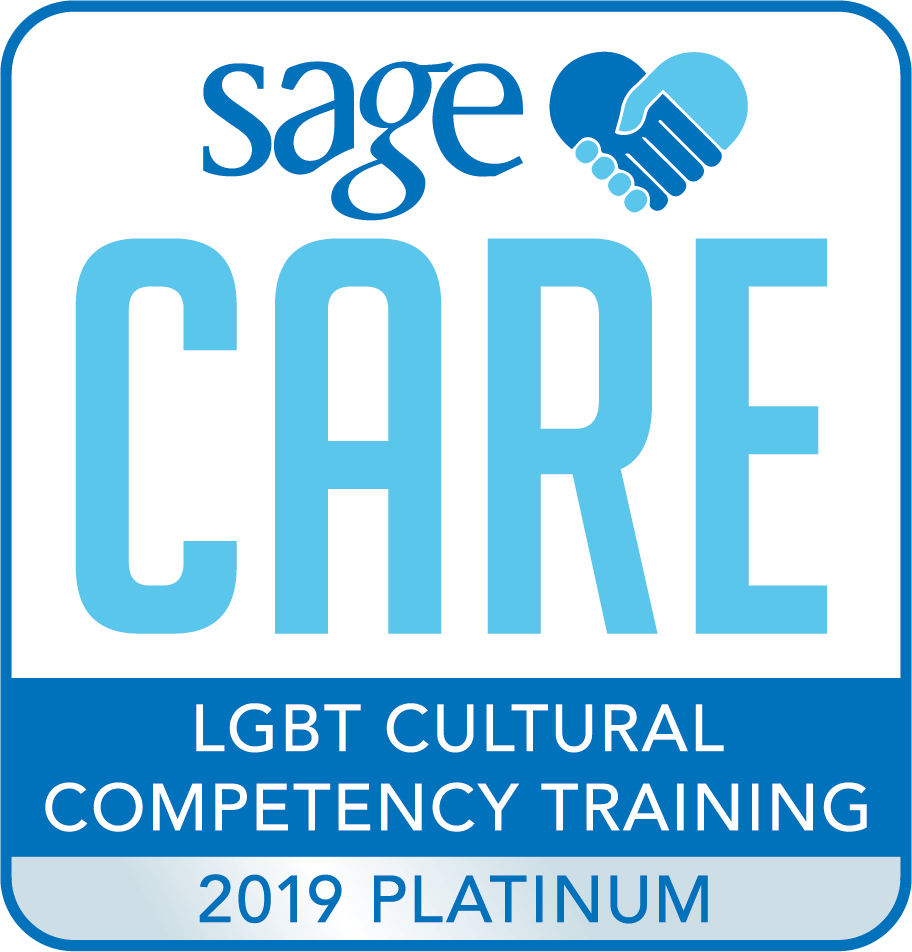Think back. In what season are your favorite memories with your best friends? I’ve asked a number of people and summer seems to be the most common answer.
That makes sense. While you might spend more time with friends during school, that time is often spent doing homework and projects or practicing for sports, band, theater, or even a spelling bee.
But in the summer when school is out, time opens up for far more options…exploring nooks and crannies in the neighborhood, backyard adventures, learning new skills such as riding a bike, sewing, throwing a football, doing cartwheels, or making the perfect s’more.
During the summer before going into junior high, I was lucky enough to go to a two-week Girl Scout canoeing camp at Camp Myeerah in Bellefontaine, Ohio. My friend Beth went too.
Now Beth and I were friends in the way that in our small town and school, everyone was essentially “friends” with everyone else their same age. Generally, Beth and I were in the same classes and we were both Girl Scouts, although in different troops. Two years earlier, I had invited Beth to my birthday party but she maintains it was only so I could get an additional gift. She may have been right because I don’t remember any particularly close experiences we had before our time at camp.
There were only two other girls in our unit at camp and together we learned the skills needed to safely canoe on the class I Little Miami River. Beth and I grew much closer…going from acquaintances to BFFs, Best Friends Forever, in the space of just two weeks. Together we experienced the highs—being awakened in the middle of the night by the Nature Counselor to traipse down to the lake to see the Northern Lights and the thrill of navigating through the rapids (Yes, they were only class I but we thought the faster-moving water, the occasional hidden rock and tree obstructions were exciting compared to the typically flat water.) and the lows—making camp amidst a scourge of mosquitoes and being unable to sleep all night.
In the fifty years since that camp, our friendship has deepened and expanded to include her two sons and husband. I am grateful for the special blessing of having a friend who has known me for so many years and continues to be my booster, pal, confidant, and champion.
And as I think about other summers, I think about other friends and family members who have been a part of many special memories. I am grateful for the many friends who are a part of my life. I believe God did not create us to make our way through our lives alone. We are meant to be in community with others, to have friendships.
The Importance of Close Relationships
And as we grow older, friendships become even more important. The Harvard Study on Adult Development—an 80-year study following a group of Harvard men–found, “Close relationships, more than money or fame, are what keep people happy throughout their lives. Those ties protect people from life’s discontents, help to delay mental and physical decline, and are better predictors of long and happy lives than social class, IQ, or even genes.”
“Good relationships don’t just protect our bodies; they protect our brains,” said Robert Waldinger, director of the study and a professor of psychiatry at Harvard Medical School. in his popular TED talk. “And those good relationships don’t have to be smooth all the time. Some of our octogenarian couples could bicker with each other day in and day out, but as long as they felt that they could really count on the other when the going got tough, those arguments didn’t take a toll on their memories.”
Social Fitness
“Having healthy, fulfilling relationships is its own kind of fitness—social fitness—and like physical fitness, it takes work to maintain.” So says the co-authors of The Good Life: Lessons From the World’s Longest Scientific Study of Happiness.
So what can you do today to improve your social fitness? Here are just a few ideas:
1) Call a friend or family member with whom you have not connected for some time.
2) Think about how much time you spend each week watching television or being online. Make a goal to spend part of that time with other people, either in person or on Facetime.
3) Be curious. Have a mindset that you have something in common with everyone you meet. Be open to talking with them to learn what that might be.
4) Volunteer to help with a community organization, faith community, or nonprofit.
5) Accept invitations and invite others for coffee or a meal. Have an attitude of yes rather than no.
Along with good health habits, developing our social fitness can give us as much as 20-30 additional years in longevity. How do you plan to make the most of those years?
For Reflection (either individually or with a group)
Read the blog. Read it a second time, maybe reading it aloud or asking someone else to read it aloud so you can hear it with different intonation and emphases. Invite the Divine to open your heart to allow the light of new understanding to pierce the shadows of embedded assumptions, stereotypes, and ways of thinking so that you may live more abundantly. Then spend some time with the following questions together with anything or anyone who helps you reflect more deeply.
- What is one of your favorite memories with a close friend or family member?
- How would you grade your social fitness? Why?
- What action do you want to take to improve your social fitness?
Download a pdf including the Reflection Questions to share and discuss with friends, family, or members of your faith community small group.
Kim Moeller is the Abundant Aging Education & Program Specialist at the Ruth Frost Parker Center for Abundant Aging. She has an MDiv with honors from Wesley Theological Seminary. In Silicon Valley, she served as Executive Director of the Churchill Club, Director of International Programs for SRI International and as Director of Small Groups for Menlo Park Presbyterian Church. She has also worked for the U.S. Interagency Council on Homelessness and Wesley Housing. She is a movie fanatic and reads anything from mysteries/suspense to religion to business to nonfiction.
View all articles by Kim Moeller
View all articles by:

